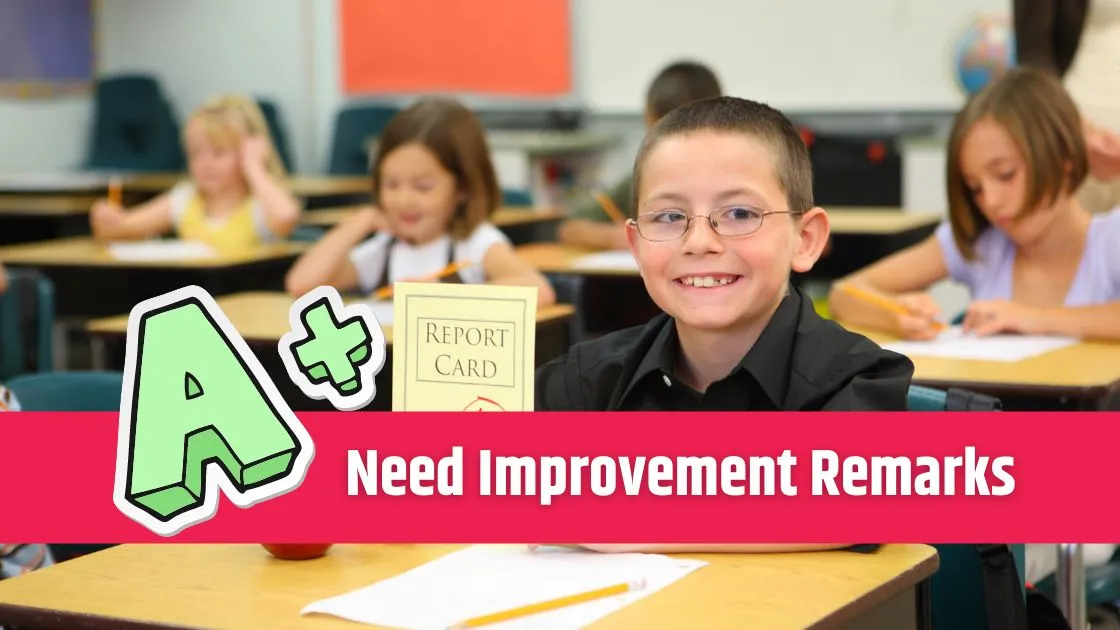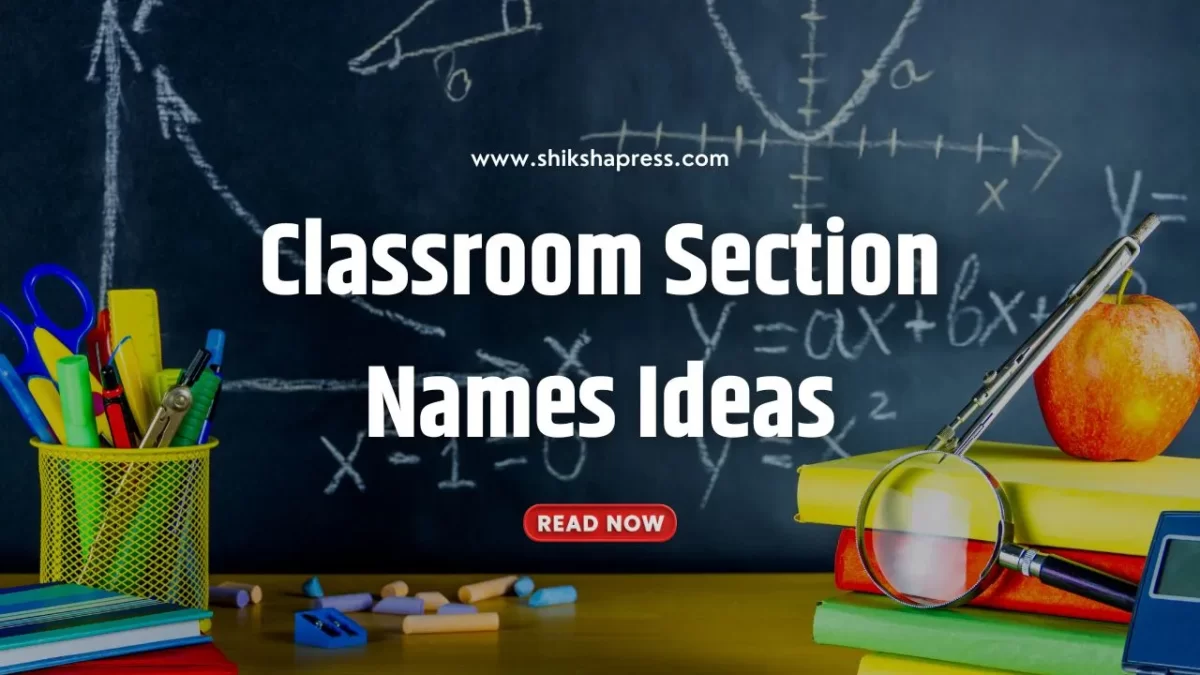How to Engage Students in the Classroom?
Engaging students in the classroom is the key to fostering an effective and conducive learning environment. Here, we’ve compiled several strategies for teachers to make their classroom sessions interactive and stimulating.
Make Learning Relevant
To ensure that students are invested in their learning process, it’s crucial to make the lessons relevant to their lives. Connect the dots between the theoretical aspects and real-world examples. For instance, if you’re teaching algebra, you might relate it to everyday situations such as shopping or cooking.
Moreover, try to incorporate students’ interests into your lessons. If your students are into sports, try explaining a new concept using a sports-related analogy.
Call to Action: Think about your students’ interests and brainstorm how you can integrate them into your next lesson.
Use Active Learning Strategies
Active learning involves students in the learning process, making them more than just passive listeners. Encourage students to participate in discussions and debates, boosting their critical thinking and communication skills.
Also, incorporating hands-on projects can stimulate creativity and innovation. These can range from science experiments to art and craft projects related to the subject.
Call to Action: Plan for a hands-on activity in your upcoming lesson and witness the increase in student engagement.
Create a Positive Learning Environment
Your attitude as a teacher can significantly impact the classroom atmosphere. An enthusiastic and positive demeanor can be infectious, inspiring students to adopt the same attitude towards learning.
Moreover, a supportive learning environment encourages students to voice their opinions and questions, enhancing their learning process. Mutual respect among students fosters a sense of community.
Call to Action: Keep your classroom environment positive and supportive, encouraging students to participate.
Differentiate Instruction to Meet the Needs of All Learners
Every student has a unique way of learning. Cater to these diverse learning styles by differentiating your instruction. This could involve visual aids for visual learners, auditory materials for auditory learners, or kinesthetic activities for kinesthetic learners.
Offering opportunities for students to work at their own pace can also be beneficial. This includes providing extra support and resources to students who may be struggling.
Call to Action: Evaluate your students’ learning styles and tailor your teaching methods accordingly.
Make Learning Fun
Bringing an element of fun to the classroom can significantly increase student engagement. Introduce educational games or quizzes that reinforce the lesson. This not only makes learning enjoyable but also helps students retain the information better.
Call to Action: Integrate an educational game into your next class session and observe the students’ responses.
Be a Role Model
As a teacher, you set the tone for the classroom. Displaying a passion for learning can inspire students to develop the same love for education. Furthermore, showing organization and preparedness encourages students to do the same.
Call to Action: Model the behavior and attitude you want your students to emulate.
10 Simple Tips on “How to Engage Students in the Classroom”
1. Connect lessons to real-world examples and students’ interests.
2. Use discussions, debates, and hands-on projects to actively involve students.
3. Foster a safe, supportive, and positive classroom atmosphere.
4. Tailor lessons to cater to different learning styles and abilities.
5. Incorporate humor, games, and creative activities to make learning enjoyable.
6. Show passion and enthusiasm about the subject matter.
7. Offer rewards and incentives for active participation and effort.
8. Stay organized and well-prepared for each lesson.
9. Practice patience and understanding, acknowledging student challenges.
10. Encourage students to help each other, fostering a sense of community.
Conclusion / Summary
Engaging students in the classroom doesn’t have to be a daunting task. By making learning relevant, implementing active learning strategies, creating a positive learning environment, differentiating instruction, and being a role model, you can create an effective and engaging classroom.
Teachers can create a classroom By following these tips that is engaging and effective for all learners. Apply these strategies in your classroom and share your experiences.
Remember, it’s not about perfection, but progress. Good luck, educators!
This post is for Educational Purposes only.
Read These Posts Too:
- 10 Practical Tips for [PTM] Parent Teacher Meeting
- Morning Assembly Materials.
- 9 Highly Effective Ways to Stay Motivated
- How to Handle Parent-Teacher Meetings Effectively?
CBSE Sample Papers | CBSE Circulars | Quizzes | Study Material
Join our Premium Telegram and Whatsapp Channel for More News and Updates.
For the Latest Educational News (CBSE, ICSE, and State Board News) and live news updates, like us on Facebook or follow us on Twitter and Join our Premium Telegram Channel. Read more on Latest Exams & Results News on Shikshapress.com.







2 thoughts on “7 Tips and Strategies to Engage Students in the Classroom”